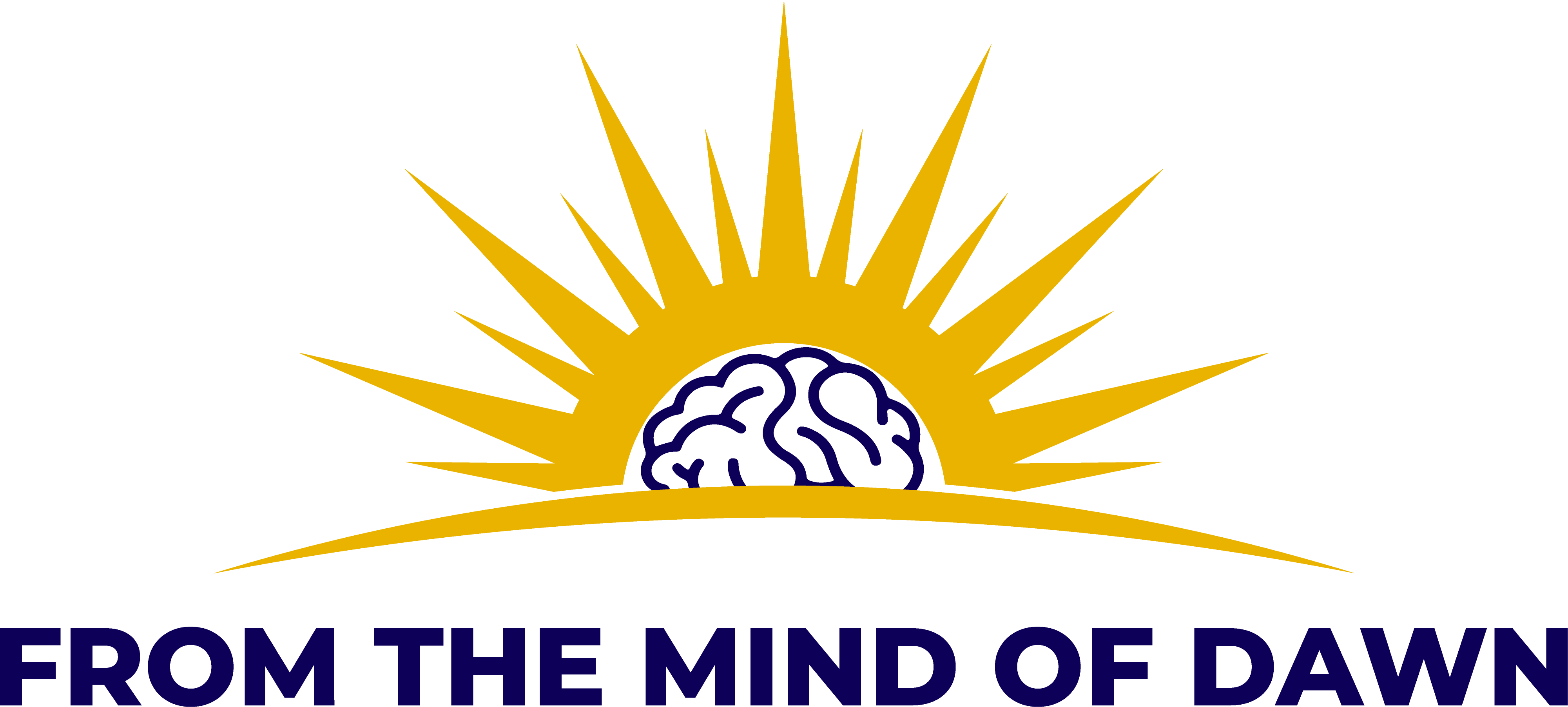Week 19: Alan Mulally - the RIGHT leader
American Icon: Alan Mulally and the Fight to Save Ford Motor Company by Bryce G. Hoffman
(Chapters 15-21)
This week, I finished American Icon: Alan Mulally and the Fight to Save Ford Motor Company. In reflecting on how I might distill the lessons from the book into criteria necessary to bring about successful change, it seems too easy. I assert that you need just two things - the right leader and the right team.
The Right Leader
I’m going to define the right leader as a person who
✔️has a clear vision of what needs to be accomplished.
✔️lays out a well-thought-out strategy and plan for how to realize that vision.
✔️has the courage, confidence and intuition to know when to stand by the plan and when to adjust.
✔️can build and maintain the right team.
Don’t let the simplicity of those aspects fool you - each and every one is incredibly complex to pull off well!
Leadership is complex.
From the start, Alan Mulally understood that he had to rebuild the American people’s trust in Ford. Have you ever tried to rebuild trust with just one person? You know where I’m going with that…
Anyway, prior to the Government bailout decision, all three automakers from Dearborn, Michigan testified in front of Congress. They testified together and, for all intents and purposes, they were considered an intertwined group - the Big Three. The hearings were full of venom aimed at the CEOs of the Ford, GM and Chrysler and it was clear that Congress did not trust them to make good use of any money they were given.
Ford had to make a clean break. It had to banish ‘Big Three’ from the American lexicon. It had to prove to Congress and the American people that it was different. And the best way to do that was to stop asking for their money."
(excerpt from American Icon)
Imagine being in such dire financial straits that you mandate that even a box of paper clips had to get VP approval (true story) and being so laser focused on your strategy and confident that it was the way forward that you would consider turning down millions.
That is what happened.
Mulally’s strategy from the very beginning involved regaining trust and he recognized this moment as an opportunity to make major gains in that area.
If that’s not courage, I don’t know what is. Mulally was the right leader. And it saved the company.
The Right Team
(excerpt from American Icon)
We have talked a lot about Mulally’s team so I won’t dwell on it here. It is, however, worth reiterating how impossible it is to lead change without the right team.
So how do you build the right team?
Well, Mulally determined the organizational structure he needed and then selected the right people for each role. I think it is worth noting the order in which he did these things. Too often, I’ve seen leaders try to make the organizational structure match the people they have today. That’s a recipe for disaster.
But, what about teams on a smaller scale? I think the same process applies:
- Determine what needs to be done
- Determine what roles need to be accounted for and make sure the combination of their responsibilities account for what needs to be done
- Find the right people for those roles
Is that it? Nope.
Getting the right people on a team is not the hard part. That’s not really team building as much as it is team formation. This is a critical distinction. Building and maintaining a well-functioning team is hard work and requires constant attention. To do this, I love Pat Lencioni’s model for avoiding the 5 dysfunctions of a team.
If you aren’t familiar with it, the model comes from his book The Five Dysfunctions of a Team which I recommend reading. The fundamental necessity of a strong team is trust. Without it, the team cannot succeed.
Alan Mulally knew how important trust was to the success of his change effort and by holding his team accountable and recognizing their contributions, he built trust with and among them. Without this, there would be no turnaround story of Ford.
And a small diversion to talk about intuition
- Paul O'Brien
I mentioned the right leader has intuition…
Courage and intuition go hand in hand in my opinion. Generally, they both come from the same source - experience.
So does that mean we need to have many years of experience before we can even think about trying to lead a change effort?
No. This is where professional development comes in. By studying leaders like Alan Mulally, we add a force multiplier to our own experience. We can learn from them and it feeds our intuition in a similar way. This is why, in my opinion, one can never be the right leader without being devoted to studying leadership.
Speaking of studying leadership, we’re getting back to study mode. I’m looking forward to it. Thanks for reading!
A Sense of Urgency by John P. Kotter
(Chapters 1 & 2)
